Are 20x Microscope Objectives Useful ?
Yes, 20x microscope objectives are useful for magnifying specimens at a higher level of detail compared to lower magnification objectives. They are commonly used in various scientific and research applications, such as biology, pathology, and material science. The 20x objective provides a moderate level of magnification, allowing for the examination of fine structures and details of the specimen. It is often used in conjunction with other objectives of different magnifications to provide a comprehensive view of the specimen at different levels of detail.
1、 Magnification: The usefulness of 20x microscope objectives for increased magnification.
20x microscope objectives can be very useful for increased magnification in certain applications. These objectives provide a higher level of magnification compared to lower power objectives, such as 4x or 10x, and can be beneficial in various scientific and research fields.
One of the primary advantages of using a 20x microscope objective is the ability to observe smaller details and structures with greater clarity. This increased magnification allows researchers to study fine structures in cells, tissues, and microorganisms, which may not be visible at lower magnifications. It can be particularly useful in fields like pathology, histology, and microbiology, where precise examination of cellular structures is crucial.
Furthermore, 20x objectives can aid in the identification and analysis of specific features or abnormalities. For example, in medical diagnostics, these objectives can help detect and diagnose diseases by examining cellular or tissue abnormalities at a higher resolution. In materials science, they can be used to analyze the microstructure of materials, such as metals or polymers, to understand their properties and behavior.
However, it is important to note that the usefulness of 20x microscope objectives depends on the specific requirements of the research or application. In some cases, higher magnification objectives, such as 40x or 100x, may be more appropriate. Additionally, the quality of the microscope and the accompanying optics also play a significant role in the usefulness of 20x objectives. High-quality objectives with good resolution and contrast can provide clearer and more detailed images, enhancing their usefulness.
In recent years, advancements in imaging technology, such as digital microscopy and confocal microscopy, have expanded the capabilities of 20x objectives. These technologies allow for the capture of high-resolution images and three-dimensional reconstructions, further enhancing the usefulness of 20x objectives in various scientific disciplines.
In conclusion, 20x microscope objectives can be highly useful for increased magnification in scientific research and analysis. They enable the observation of finer details and structures, aiding in the study of cells, tissues, and microorganisms. However, the suitability of 20x objectives depends on the specific requirements of the application, and the quality of the microscope and accompanying optics also play a crucial role. With advancements in imaging technology, the usefulness of 20x objectives has been further enhanced, allowing for high-resolution imaging and three-dimensional analysis.

2、 Resolution: Enhancing resolution with 20x microscope objectives for finer details.
Are 20x microscope objectives useful? The answer is yes. 20x microscope objectives are commonly used in microscopy for various applications. One of the main advantages of using a 20x objective is that it provides higher magnification compared to lower power objectives, such as 4x or 10x. This increased magnification allows for the observation of finer details in the specimen being examined.
One of the key factors that determine the usefulness of a microscope objective is its resolution. Resolution refers to the ability of the objective to distinguish between two closely spaced objects. By using a 20x objective, the resolution of the microscope is enhanced, allowing for the visualization of finer details that may not be visible with lower power objectives. This is particularly important in fields such as biology, where the observation of cellular structures and organelles requires high-resolution imaging.
In addition to resolution, the use of 20x microscope objectives also allows for a larger field of view compared to higher power objectives, such as 40x or 100x. This means that a larger area of the specimen can be observed at once, providing a more comprehensive understanding of its structure and organization.
It is worth noting that the usefulness of 20x microscope objectives may vary depending on the specific application and the type of specimen being examined. In some cases, higher power objectives may be required to observe certain structures or details. However, for general microscopy purposes, a 20x objective is a valuable tool that enhances resolution and allows for the visualization of finer details in the specimen.

3、 Field of View: Impact of 20x microscope objectives on the field of view.
Field of View: Impact of 20x microscope objectives on the field of view.
The use of 20x microscope objectives can be highly useful in various scientific and research applications. These objectives provide a higher level of magnification compared to lower power objectives, allowing for more detailed examination of specimens. However, it is important to consider the impact of 20x objectives on the field of view.
One of the main advantages of using a 20x objective is the ability to observe smaller details and structures within a specimen. This can be particularly beneficial in fields such as biology, where the study of cellular structures requires high magnification. By using a 20x objective, researchers can gain a better understanding of the intricate features of cells and tissues.
On the other hand, the use of a 20x objective also comes with a trade-off in terms of field of view. As the magnification increases, the field of view decreases. This means that the area visible through the microscope becomes smaller, making it more challenging to observe larger structures or get a broader overview of a sample. This limitation can be particularly relevant in fields such as pathology or geology, where a wider field of view is often necessary to assess the overall characteristics of a specimen.
However, it is important to note that advancements in technology have helped mitigate some of these limitations. For instance, some microscopes now offer wider field of view eyepieces or camera systems that can capture larger areas. Additionally, digital imaging techniques and software allow for the stitching together of multiple images to create a larger composite view.
In conclusion, 20x microscope objectives are indeed useful in many scientific and research applications, particularly when high magnification is required to study fine details. However, it is important to consider the impact on the field of view, as the smaller area visible through the microscope can limit the ability to observe larger structures or gain a broader overview. Nonetheless, advancements in technology have helped address some of these limitations, providing researchers with more options to overcome the trade-off between magnification and field of view.
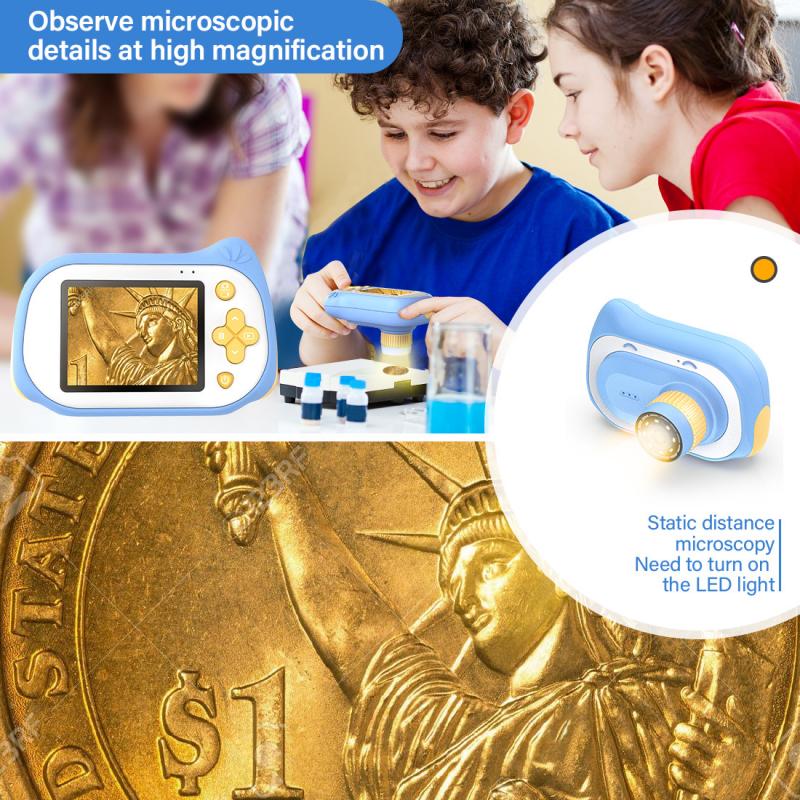
4、 Depth of Field: Examining the depth of field with 20x microscope objectives.
Are 20x microscope objectives useful? The answer to this question depends on the specific application and requirements of the user.
In general, 20x microscope objectives can be quite useful in various scientific and research fields. They provide a higher level of magnification compared to lower power objectives, allowing for more detailed examination of specimens. This can be particularly beneficial when studying small structures or conducting intricate analyses.
One of the key advantages of 20x objectives is their ability to provide a higher resolution image. This can be crucial in fields such as biology, where the observation of cellular structures or fine details is essential. The increased magnification can reveal important information that may not be visible with lower power objectives.
However, it is important to consider the limitations of 20x objectives as well. One such limitation is the reduced depth of field. As the magnification increases, the depth of field decreases, meaning that only a small portion of the specimen will be in focus at any given time. This can make it challenging to observe three-dimensional structures or to maintain focus on moving specimens.
To address this limitation, advancements in microscope technology have been made. Some modern microscopes now incorporate features such as autofocus or extended depth of field imaging techniques, which can help overcome the shallow depth of field associated with higher magnification objectives.
In conclusion, 20x microscope objectives can be highly useful in certain applications, particularly when detailed examination or analysis is required. However, the reduced depth of field associated with these objectives should be taken into consideration, and users may need to employ additional techniques or technologies to overcome this limitation.


























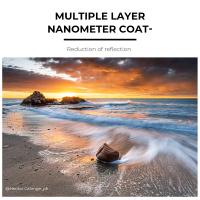

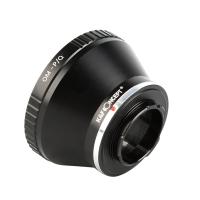
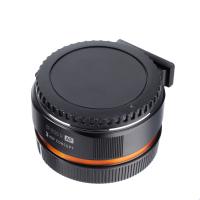
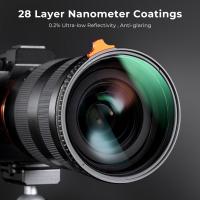
There are no comments for this blog.